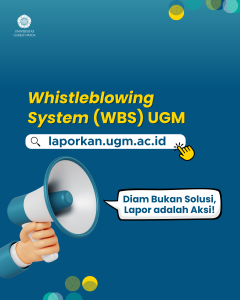On Friday, 16 August 2024, third-semester students of the Dental Hygiene program participated in a practicum focusing on diagnostic instruments and the components of the dental unit. This event took place in the Dental Unit Laboratory located on the third floor of the DLC building. The practicum aimed to enhance students' understanding of the tools and equipment they will use in their future careers, in line with Sustainable Development Goal (SDG) 4 on access to quality education.
The session began with a pre-test designed to assess students' initial knowledge of various diagnostic instruments. This initial evaluation was crucial in identifying areas where students required further instruction. The pre-test included questions on the function and usage of instruments such as mouth mirrors, excavators, explorers, and curved tweezers.
Following the pre-test, students engaged in hands-on observation activities. They were divided into small groups and rotated through various stations, each featuring specific diagnostic instruments. This interactive approach allowed students to closely examine each tool, understand its purpose, and learn the correct techniques for using it.
Among the instruments studied, the mouth mirror was highlighted as a fundamental tool for dental examinations. Students learned how this instrument aids in visibility and access to different areas of the mouth. The excavator, used for removing infected dentin, and the explorer, essential for detecting cavities, were also emphasized during the observation phase.
In addition to diagnostic instruments, the practicum included an in-depth study of the components of the dental unit. Students explored essential parts such as the dental light, tray, suction system, and water channels. Understanding these components is crucial for ensuring efficient and safe dental procedures.
A post-test conducted at the end of the practicum allowed students to demonstrate their learning outcomes. The results showed a significant improvement in their understanding of diagnostic instruments and dental unit components. This assessment not only reinforced their knowledge but also encouraged them to reflect on their learning journey.
This practicum was not merely an academic exercise; it emphasized the importance of practical skills in the field of dentistry. By providing students with hands-on learning experiences, the program aims to prepare them for real-world challenges in dental hygiene and patient care.
This event aligns with the broader goal of promoting access to education in the healthcare sector. By equipping students with the necessary skills and knowledge, educational institutions contribute to the development of competent healthcare professionals who can effectively serve their communities.
The Instrumentation Practicum on Diagnostic Instruments and Dental Unit Components was a great success. It provided students with valuable insights and practical experience, reinforcing the importance of access to education in shaping the future of dental hygiene.
Contributor: Sri Pujiatun | Author: Haqi



